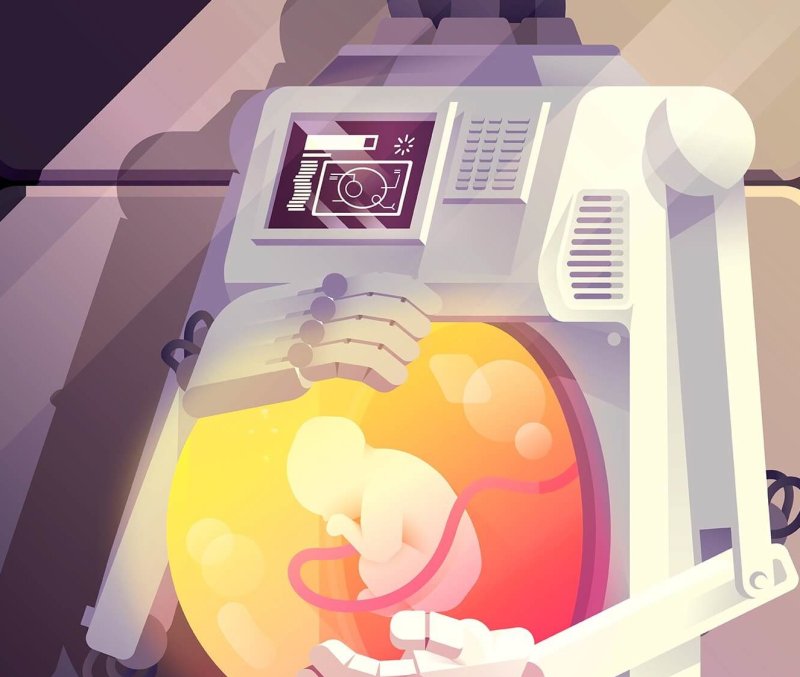Imagine a world where it’s possible to produce children without placing any burden on women — an empowered society where the challenges and health-related risks associated with pregnancy and childbirth have been rendered obsolete.
…
An artificial womb is a device designed to gestate a fetus to term outside of the body. Therefore, the presence of a fetal heart and umbilical cord to support circulation are prerequisites — and once these are met the infant can be transferred from a natural uterus to the artificial uterus, a sort of pre-birth.
…
Theoretically, an artificial womb would provide the fetus with an environment free of disease, pollutants, alcohol, or drugs sometimes found in the human circulatory system. As a consequence, these desirable conditions may provide fewer hurdles for the infant to gestate to term, hopefully dramatically raising survival rates.
[F]ull ectogenesis will likely not exist for decades, but artificial wombs (and partial ectogenesis) are coming up fast. We need to ensure that, when they do arrive, we’re ready — and society values women for more than just their reproductive capacity.































